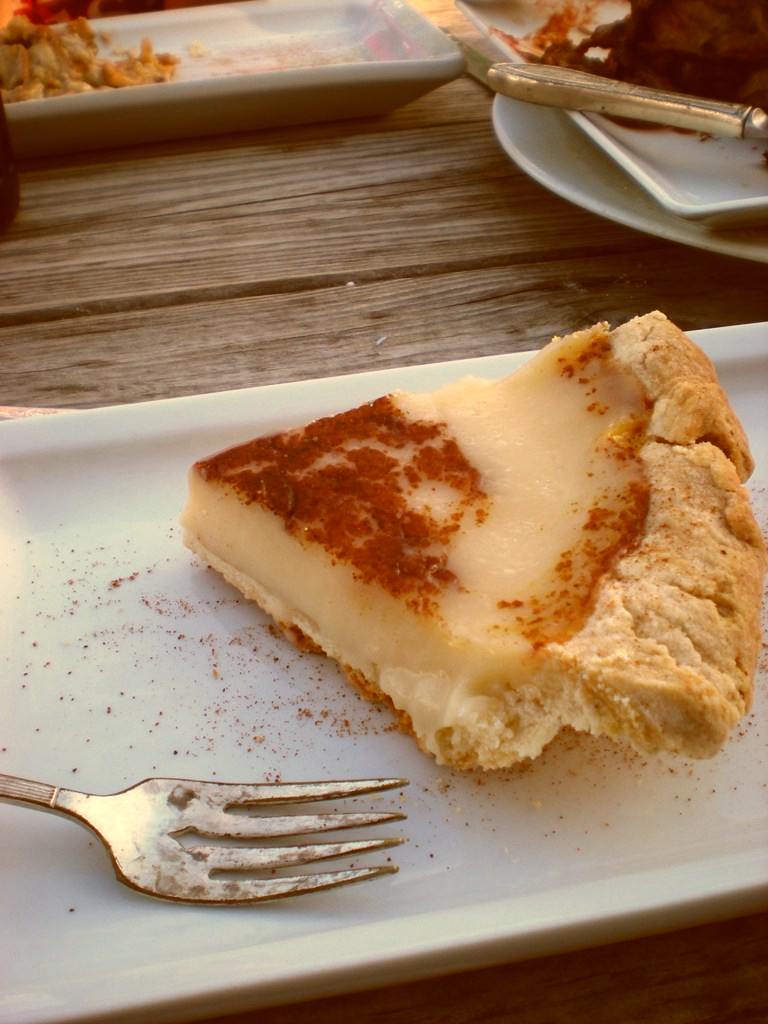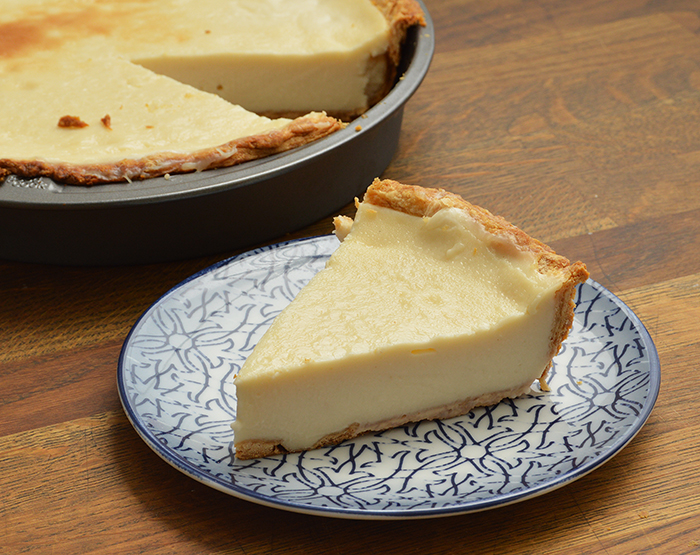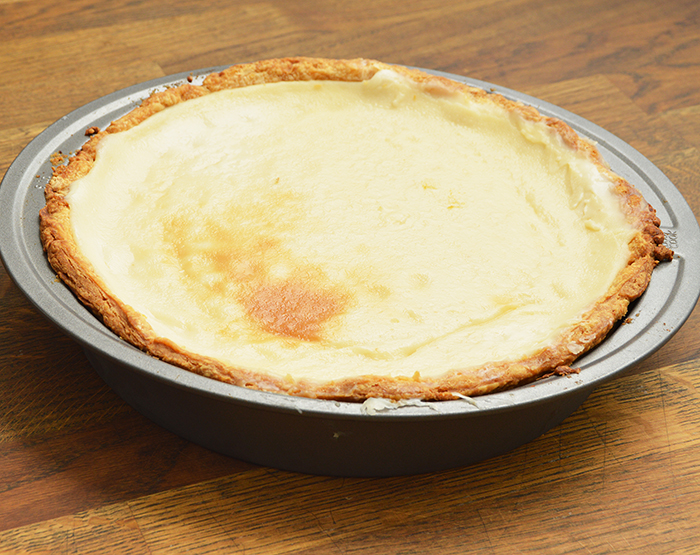While pastry chefs might wish to claim Pi Day solely for pies, the truth is, it’s dedicated to the mathematical constant π. Pi, approximately equal to 3.14159, represents the ratio of a circle’s circumference to its diameter. Given that pies are often circular in shape, it’s fitting that we have embraced this day as our own.

What is Pi?
Day is celebrated on March 14th (3/14) around the world. It’s a day dedicated to the mathematical constant π (pi), which represents the ratio of a circle’s circumference to its diameter. The celebration of Pi Day has an interesting history.
According to Exploratorium, the mathematical constant Pi (π) has been recognized for nearly 4000 years. However, even if we were to calculate the number of seconds in those 4000 years and compute π to that extent, we would still only be estimating its true value.
“The ancient Babylonians calculated the area of a circle by taking 3 times the square of its radius, which gave a value of pi = 3. One Babylonian tablet (ca. 1900–1680 BC) indicates a value of 3.125 for π, which is a closer approximation.
The Rhind Papyrus (ca.1650 BC) gives us insight into the mathematics of ancient Egypt. The Egyptians calculated the area of a circle by a formula that gave the approximate value of 3.1605 for π.
The first calculation of π was done by Archimedes of Syracuse (287–212 BC), one of the greatest mathematicians of the ancient world. Archimedes approximated the area of a circle by using the Pythagorean Theorem to find the areas of two regular polygons: the polygon inscribed within the circle and the polygon within which the circle was circumscribed. Since the actual area of the circle lies between the areas of the inscribed and circumscribed polygons, the areas of the polygons gave upper and lower bounds for the area of the circle. Archimedes knew that he had not found the value of π but only an approximation within those limits. In this way, Archimedes showed that π is between 3 1/7 and 3 10/71.
A similar approach was used by Zu Chongzhi (429–501), a brilliant Chinese mathematician and astronomer. Zu Chongzhi would not have been familiar with Archimedes’ method—but because his book has been lost, little is known of his work. He calculated the value of the ratio of the circumference of a circle to its diameter to be 355/113. To compute this accuracy for π, he must have started with an inscribed regular 24,576-gon and performed lengthy calculations involving hundreds of square roots carried out to 9 decimal places.
Mathematicians began using the Greek letter π in the 1700s. Introduced by William Jones in 1706, use of the symbol was popularized by Leonhard Euler, who adopted it in 1737.”
The History of Pi Day
Origin: Pi Day was first celebrated in 1988 by physicist Larry Shaw at the Exploratorium, a museum of science, art, and human perception in San Francisco. Shaw and the staff at the Exploratorium marked the day by marching around a circular space and then consuming fruit pies. They chose March 14th because the date matches the first three digits of pi, 3.14.
Congressional Recognition: In 2009, the U.S. House of Representatives passed a resolution officially recognizing March 14th as Pi Day. This was partly due to the efforts of the National Pi Day movement, which aimed to promote mathematics and science education in schools.
Global Celebration: Pi Day has since become an international phenomenon, celebrated by math enthusiasts and educators worldwide. It’s often marked by activities, events, and contests related to pi and mathematics in general. Many schools use the day as an opportunity to engage students in fun and educational math-related activities.
Digital Milestones: With the rise of the internet and social media, Pi Day has gained even more prominence. Online communities, websites, and social media platforms often feature special content, challenges, and discussions related to pi and mathematics on Pi Day.
Pi Memorization Contests: Pi Day has also become a popular occasion for pi memorization contests, where participants recite as many digits of pi as possible from memory. Some people have memorized thousands of digits and compete in events or post videos online showcasing their skills.
Overall, Pi Day serves as a fun way to celebrate mathematics and its importance in our lives, as well as to enjoy some delicious pie! (As if we all needed a day and a reason to do so!)
What is a Sugar Cream Pie?

Sugar cream pie, also referred to as sugar pie or Hoosier pie, is a custard pie featuring a straightforward filling composed of butter, flour, cream, and sugar, often topped with cinnamon sugar. It’s categorized among desperation pies due to its egg-free custard filling. Some may also call it finger pie, a nod to the tradition of stirring the filling with the cook’s finger before baking to prevent crust breakage.
Sugar cream pie holds the unofficial title of the state pie of Indiana, believed to have its origins among Quaker settlers migrating from North Carolina in the early 19th century. These settlers settled in east-central Indiana, particularly around New Castle, Portland, Richmond, and Winchester.
The Amish community further popularized sugar cream pie, making it readily available in areas they inhabited. It’s especially favored in Pennsylvania Dutch regions, akin to shoofly pie, another similar dessert. Variants of the pie are also found among the Shakers. However, given the Shakers’ brief presence in Indiana (1810–1827), notably at West Union (Busro), near modern-day Vincennes, it’s improbable that they significantly contributed to the pie’s popularity in the state.
Wick’s Pies, headquartered in Winchester, Indiana, holds the distinction of being the largest producer of these pies. Their plant churns out an impressive 750,000 sugar cream pies annually. Recognizable for their nutmeg dusting and shallow depth in disposable aluminum pans, these pies follow a recipe originating from the nineteenth century. Wick’s pies are distributed across 25 states.
Sugar Cream Pie is not just exclusive to the Amish, in fact many countries around the world have a recipe for a “sugar cream pie.” France, Belgium, and Canada are just a few of the countries that have a version of a sugar cream pie.

The following recipe is from Chef Scott Green, a member of the U.S. Pastry Team, who along with Chefs Josh Johnson and John Krause, won the Bronze medal at the 2015 Coupe du Monde de la Pâtisserie in Lyon, France.
Some notes from Scott:
The sugar cream pie filling only spend a few minutes setting in the oven, so the pie crust will have to be fully baked prior to filling it. I use cheese cloth filled with rice to par or blind bake my dough, the rice does a great job of settling into the shape of the pan and applying firm, even pressure to the dough. I also like to wrap the exposed edge of the pie dough loosely with tin foil before putting it in the oven. This helps to keep the exposed dough from browning to much while the dough under the rice (which is insulated and bakes slower) is cooking.
I tend to blind bake my dough at a slightly lower temp than if it was filled. I’ve found 350F/176C usually works. Don’t be too surprised if the pie dough takes quite a long time to fully bake. In my new (and unfortunately less powerful) electric oven, it took me nearly 1hr 45min. to fully bake the dough.
In terms of the filling, the only thing to be careful of it the high sugar content of the liquid while cooking it over the stove. Heat the mixture on medium-low heat to begin, and stir as constantly as possible. This will help fully dissolve the sugar so that it doesn’t settle on the bottom of the pan and burn. If you do happen to get some burned bits in your thickened filling, simply pass it through a fine mesh strainer as you fill your pie shell.
Sugar Cream Pie
Yield: One 9″ pie

PIE DOUGH
250g pastry flour
5g sugar
5g salt
225g butter unsalted
60g water ice cold
Cut your butter into 1/2” pieces and keep it in the cooler until you need it. If it’s especially hot in your kitchen, keep the butter in the freezer.
Get some ice water prepped, and keep that in the cooler too.
Combine the pastry flour, sugar and salt in a stand mixer mixing bowl with a paddle attachment. If you don’t have a stand mixer then a regular mixing bowl is fine.
Start mixing the dry ingredients together on low speed. Add your cold butter chunks to the dry ingredients while mixing. Again, if you don’t have a mixer you can “cut” the butter in with a pastry cutter or even a fork.
Once the butter starts to break down and flatten into chunks the size of pecans or large beans, add the ice water and mix until the dough comes together.
Don’t over mix the dough! If needed finish bringing it together by hand, then wrap it up in plastic wrap and chill it or at least 30min. Even better, let it sit in the fridge overnight. This will allow the starch in the flour to absorb water.
Here is Scott’s primer on making pie dough.
SUGAR CREAM PIE FILLING
315g whole milk
315g heavy cream
43g butter unsalted (We used Plugra)
217g sugar (We used Domino Sugar)
43g cornstarch
9g vanilla, (We used Team Sponsor Nielsen-Massey Vanilla)Combine the cornstarch and sugar, mixing well.
Combine the whole milk, heavy cream, butter, and vanilla in a sauce pot.
Rain the cornstarch mixture into the remaining ingredients, while whisking.
Heat the mixture over medium-low heat, whisking continuously, especially as it begins to thicken. Let the mixture boil for 1min., while whisking.
Remove the filling from the heat and pour into the baked pie shell.
Bake at 450F/232C for 5-10min. or until the surface of the filling begins to bubble and just slightly brown.
Place a loose dome of tinfoil over the pie with a hole punched in the center of the foil. Plastic wrap applied to the surface of the pie may stick and pull up the top crust. Leaving the pie uncovered will cause it to dry out and create a skin top.
Let the pie cool fully, ideal setting overnight, before cutting and serving. Topping the pie with cinnamon is traditional, but optional.

Happy Pi Day!